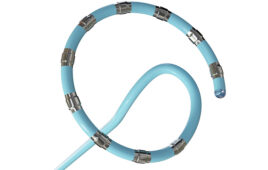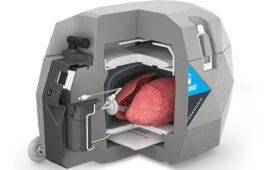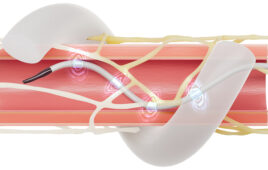Using root cause analysis to identify the source of a medical device malfunction is often slow and unproductive. Here are three common errors and strategies to improve results.
Don Baumgarten, Product Creation Studio

(Image by © Anyaivanova | Dreamstime.com)
When a medical device fails to function as intended, the stakes can be high, potentially affecting patient safety and brand reputation and even lead to a recall.
Malfunctions that rarely occur can be the most difficult to resolve and engineers are often directed to rapidly implement a solution. If the reason for the issue is not clearly understood, attempts to fix the problem won’t work. Root cause analysis (RCA) is often the best approach, because it can help determine the specific underlying cause for a malfunction. Here are the typical RCA steps:
- Clearly describe the device failure.
- Examine the device design, manufacture, and instructions for use.
- Identify potential causes of the failure.
- Analyze potential causes until the root cause is discovered.
Simple, right? Deceptively so. Here are common reasons that root cause investigations fall short, and strategies for success:
Unfocused effort
When a significant medical device malfunction occurs, quick corrective action is needed. But engineers are typically already juggling multiple projects, and managers are busy, too.
Fixing the problem often falls to one or two engineers with no timeline for action or adjustment to their other responsibilities, and little management support. The result is a cursory RCA effort with little chance of success.
To truly tackle the problem, formally create a project team as would be done for any other R&D project. Prioritize the RCA project relative to other projects according to business impact and resource it accordingly. Include the RCA project in regular management project review meetings.
Avoiding vital work
If a device failure is harmful, the need to resolve the problem is urgent. Pressure to move quickly can cause the RCA team to neglect critical thinking and planning and to avoid crucial but time-consuming analyses. The hurried effort is inevitably haphazard and superficial.
Despite the urgency, a systematic approach is critical to success. A systematic approach is thoughtful and efficient, with investigations of the most likely root causes conducted simultaneously to quicken the pace.
A number of well-known problem-solving tools, including the fishbone diagram and process flowchart, are recommended for root cause investigations. Familiar techniques including dimensional inspection, microscopy, oscilloscope signal analysis and debugging tools are essential to analyzing potential root causes.
Faulty conclusions
An assumption might seem smart: The injection molding process was validated, so that can’t be the issue. A single data point can be convincing: The circuit board worked after the capacitor was replaced, so the capacitor was the problem. But assumptions and conclusions based on scant data are often wrong, and that can be disastrous to an RCA effort.
To avoid erroneous decisions, gather compelling data before ruling out a potential cause or declaring that the root cause was discovered. Conduct controlled experiments and use statistical analysis when needed. Avoid over-interpretation of data, and conclude only what the data supports. Conclusions can rarely be made with absolute certainty. Seek strong evidence to make sound decisions.
For intricate systems, there may not be a single root cause. Instead, several contributing factors occur simultaneously to produce the malfunction. Usually two or three dominant factors cause the issue.
The best way to show that the root cause was actually discovered is to reproduce the problem. Deliberately build devices that include the identified root cause and demonstrate that the devices fail. Such evidence will give you confidence that implementing changes to prevent the identified root cause will greatly reduce the failure rate.
Don Baumgarten is the director of mechanical engineering for Product Creation Studio. He has participated in the design and manufacture of medical devices for startups to Fortune 500 companies, including Philips, Boston Scientific, Pathway Technologies and Intellectual Ventures.
The opinions expressed in this blog post are the author’s only and do not necessarily reflect those of Medical Design and Outsourcing or its employees.




